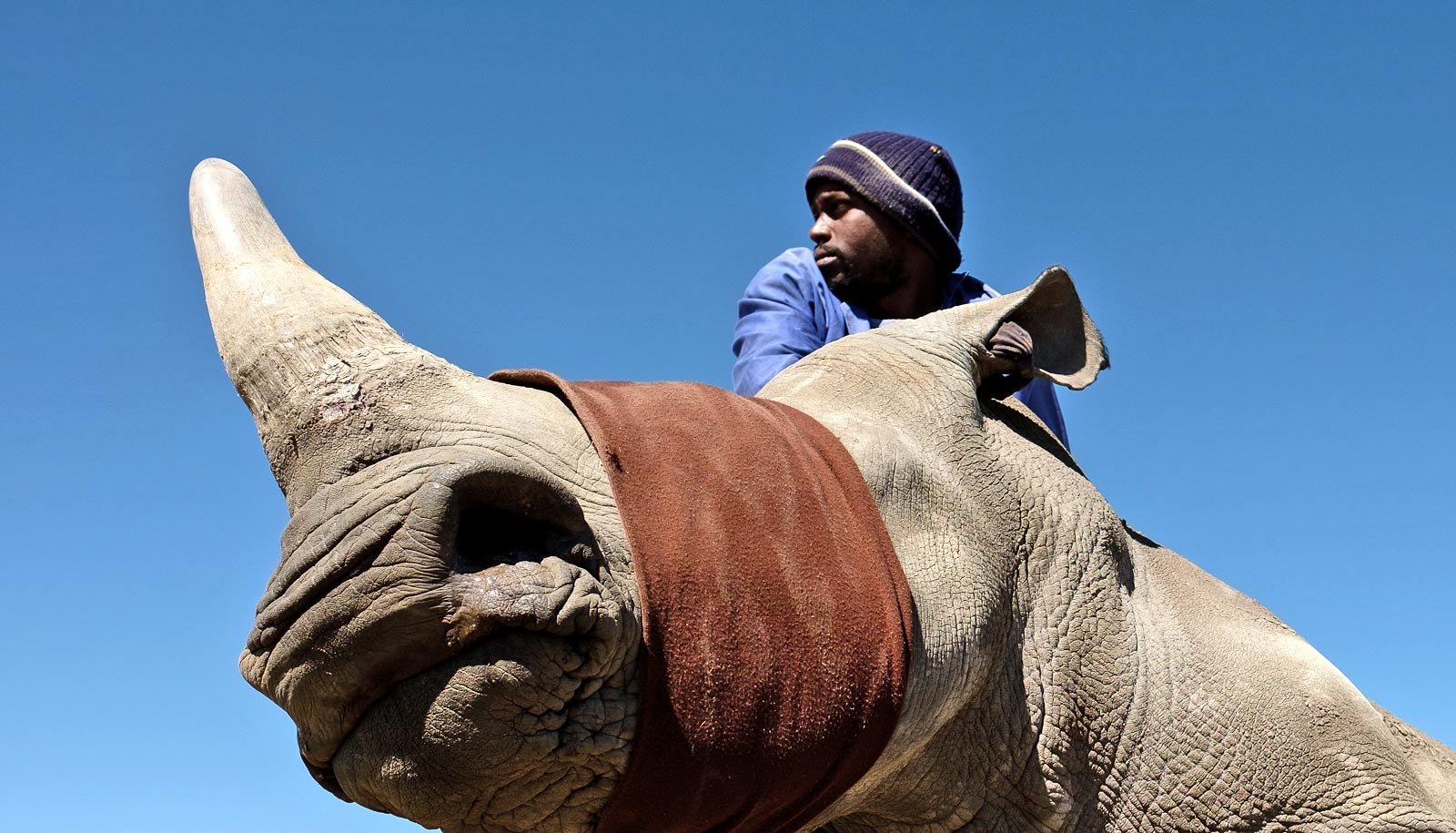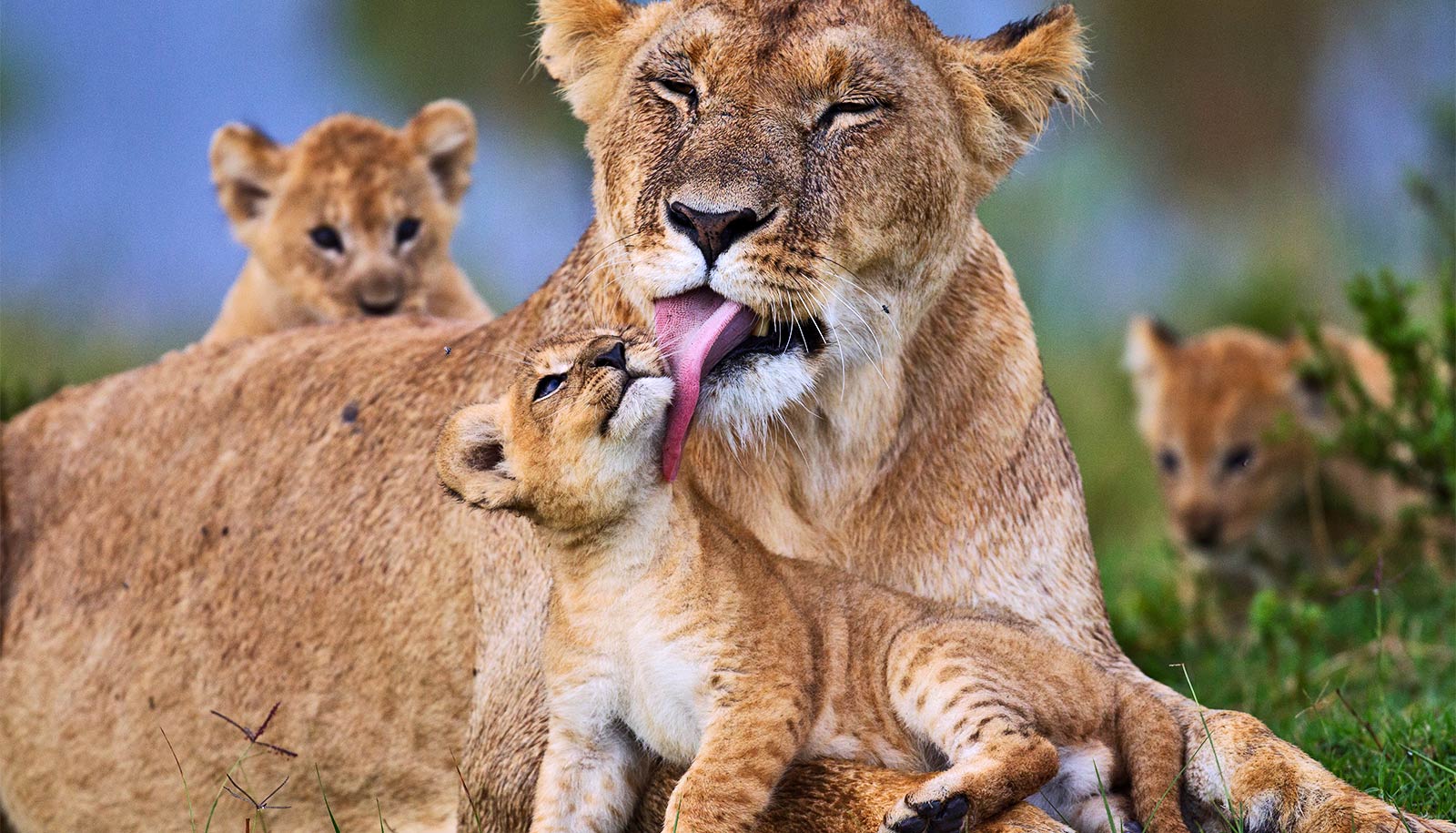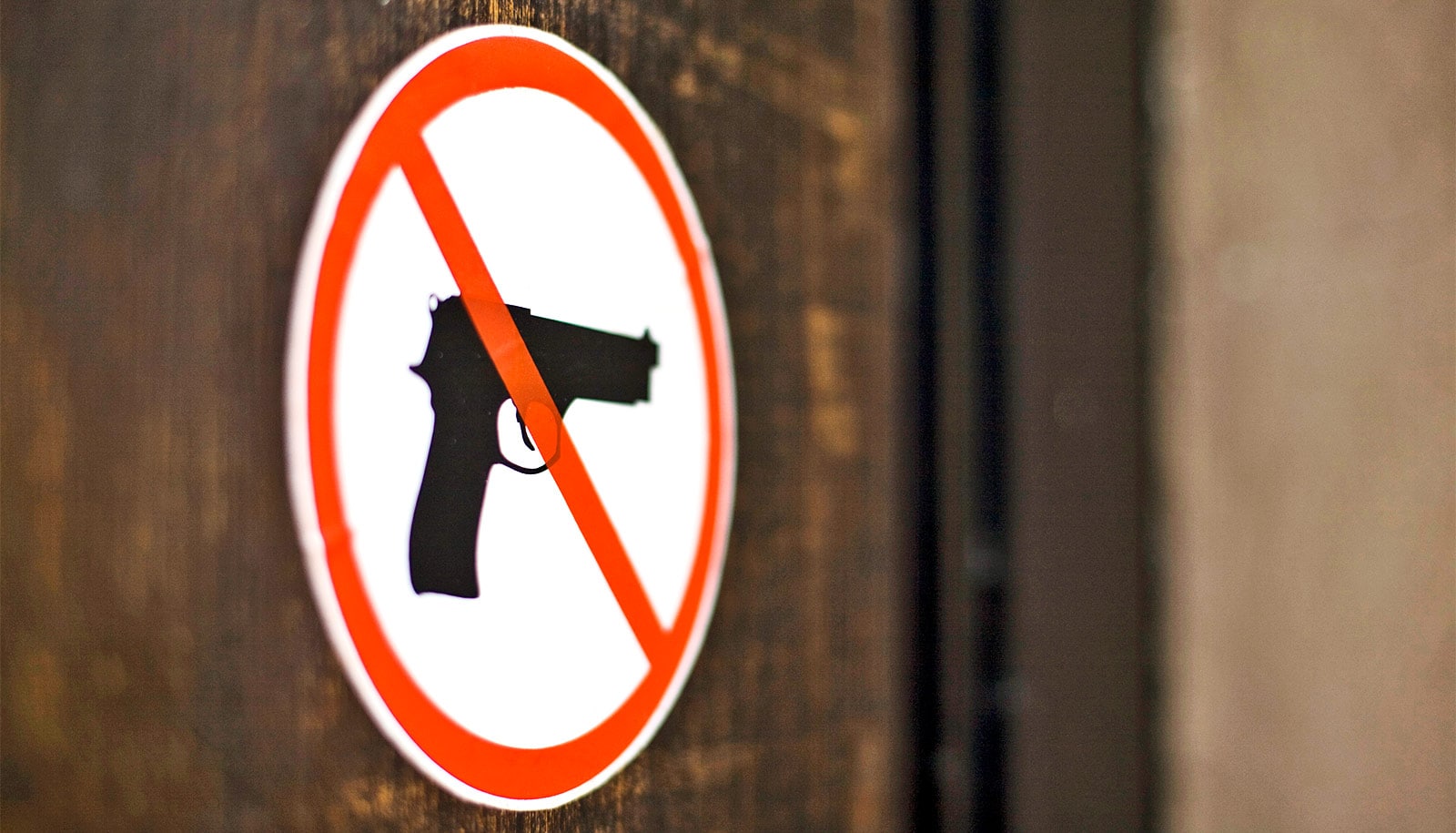A new study uncovers why people in Vietnam buy illegal rhino horn—information that could be useful in campaigns to save the endangered animals.
From treating cancer and erectile dysfunction to managing hangovers, the horns of endangered wild rhinoceroses are common as a medical cure-all in parts of Asia.
Powdered horn is believed to have healing properties and can fetch up to 500,000 kroner per kilo ($70,100). The World Wildlife Fund estimates that poachers killed 1,054 rhinos in South Africa in 2016 and puts the worldwide number of remaining rhinos at around 30,000.
Until now, the prevailing wisdom has been that consumers seek out rhinoceros horn for medical and health-related reasons, such as cancer, hangovers, and other ailments. The new study reveals more.
“For us, the surprising trend is that horn is increasingly being used as a symbolic gesture to console terminally ill family members. The horns are intended to provide the ill with a final source of pleasure and to demonstrate that their families have done everything possible to help them,” explains Martin R. Nielsen, associate professor in the University of Copenhagen department of food and resource economics. Along with colleague Dang Vu Hoai Nam of the Vietnamese office of Deutsche Gesellschaft für Internationale Zusammenarbeit, Nielsen conducted in-depth interviews with 30 recent purchasers of rhino horn in Hanoi and Ho Chi Min City, Vietnam.
Public authorities and organizations working to reduce the illegal trade in rhinoceros horn can use the study findings by improving their understanding of consumers. This will be an important aspect of future campaigns aimed at reducing demand.
“Understanding the motivation of horn buyers is vital for addressing this problem. Among other things, our results demonstrate that the nature of demand changes over time. As a result, we must continually rethink strategies to curb the trade in rhinoceros horn,” says Nielsen.
Besides using horn to console terminally ill family members, the 30 Vietnamese people interviewed also used horn for treating hangovers and as a status symbol in business relations. The study also found that buyers are mainly interested in horn from wild rhinos and are willing to pay a premium for wild rather than farmed animal horn. Consequently, the researchers believe that a legal, controlled trade of farmed rhino would most likely not serve to reduce poaching.
Art preserves Ganda, the pope’s regifted rhino
“The study suggests that information about the decline of rhinoceros populations and awareness about hunting being controlled by organized crime does not affect consumer demand. Dealing with the problem requires other strategies,” explains Nielsen.
The rhino horn trade is among one of the most organized forms of environmental crime, and the number of rhinos killed by poachers has increased markedly since 2008. Because Vietnam is the country with the greatest demand for rhinoceros horn, it also bears the brunt of the blame for poaching.
The majority of remaining wild rhinoceroses live in South Africa, where the population of white rhinoceros is estimated to be between 19,000 and 21,000.
The study appears in the journal Human Dimensions of Wildlife.
Source: University of Copenhagen



